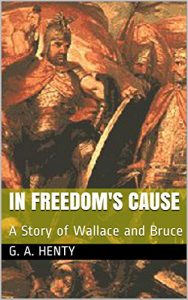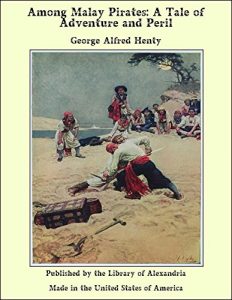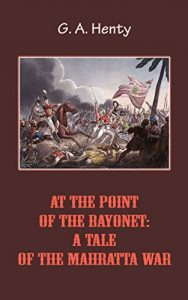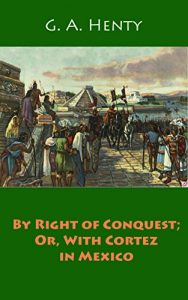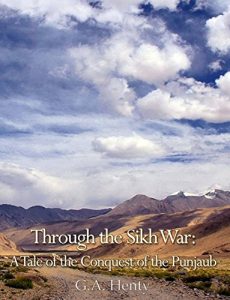The village of Glen Cairn was situated in a valley in the broken
country lying to the west of the Pentland Hills, some fifteen miles
north of the town of Lanark, and the country around it was wild
and picturesque. The villagers for the most part knew little of
the world beyond their own valley, although a few had occasionally
paid visits to Glasgow, which lay as far to the west as Lanark was
distant to the south. On a spur jutting out from the side of the
hill stood Glen Cairn Castle, whose master the villagers had for
generations regarded as their lord.
The glory of the little fortalice had now departed. Sir William
Forbes had been killed on his own hearthstone, and the castle had
been sacked in a raid by the Kerrs, whose hold lay to the southwest,
and who had long been at feud with the Forbeses. The royal power
was feeble, and the Kerrs had many friends, and were accordingly
granted the lands they had seized; only it was specified that Dame
Forbes, the widow of Sir William, should be allowed to reside in
the fortalice free from all let or hindrance, so long as she meddled
not, nor sought to stir up enmity among the late vassals of her
lord against their new masters.
The castle, although a small one, was strongly situated. The spur
of the hill ran some 200 yards into the valley, rising sharply
some 30 or 40 feet above it. The little river which meandered down
the valley swept completely round the foot of the spur, forming a
natural moat to it, and had in some time past been dammed back, so
that, whereas in other parts it ran brightly over a pebbly bottom,
here it was deep and still. The fortalice itself stood at the
extremity of the spur, and a strong wall with a fortified gateway
extended across the other end of the neck, touching the water on
both sides. From the gateway extended two walls inclosing a road
straight to the gateway of the hold itself, and between these walls
and the water every level foot of ground was cultivated; this garden
was now the sole remains of the lands of the Forbeses.
country lying to the west of the Pentland Hills, some fifteen miles
north of the town of Lanark, and the country around it was wild
and picturesque. The villagers for the most part knew little of
the world beyond their own valley, although a few had occasionally
paid visits to Glasgow, which lay as far to the west as Lanark was
distant to the south. On a spur jutting out from the side of the
hill stood Glen Cairn Castle, whose master the villagers had for
generations regarded as their lord.
The glory of the little fortalice had now departed. Sir William
Forbes had been killed on his own hearthstone, and the castle had
been sacked in a raid by the Kerrs, whose hold lay to the southwest,
and who had long been at feud with the Forbeses. The royal power
was feeble, and the Kerrs had many friends, and were accordingly
granted the lands they had seized; only it was specified that Dame
Forbes, the widow of Sir William, should be allowed to reside in
the fortalice free from all let or hindrance, so long as she meddled
not, nor sought to stir up enmity among the late vassals of her
lord against their new masters.
The castle, although a small one, was strongly situated. The spur
of the hill ran some 200 yards into the valley, rising sharply
some 30 or 40 feet above it. The little river which meandered down
the valley swept completely round the foot of the spur, forming a
natural moat to it, and had in some time past been dammed back, so
that, whereas in other parts it ran brightly over a pebbly bottom,
here it was deep and still. The fortalice itself stood at the
extremity of the spur, and a strong wall with a fortified gateway
extended across the other end of the neck, touching the water on
both sides. From the gateway extended two walls inclosing a road
straight to the gateway of the hold itself, and between these walls
and the water every level foot of ground was cultivated; this garden
was now the sole remains of the lands of the Forbeses.
